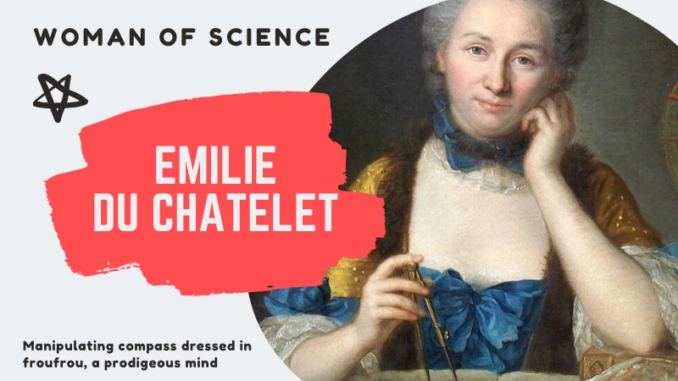


Émilie du Châtelet (17th December 1706 – 10th September 1749) is the first learned woman in the history of modern science.
by Lucie NIETO
Emilie du Châtelet
A childhood full of knowledge for Emilie du Châtelet
Émilie is the daughter of Baron de Breteuil, Louis Nicolas le Tonelier, and she, therefore, belongs to the rich French nobility. His father gave her the same education as his boys, which was more than unusal during this period of the Enlightenment. µIndeed, at this time, women were considered only useful in marrying and taking care of household chores. She took advantage of this privilege to learn many languages such as Latin, Ancient Greek and German, but also to acquire many artistic talents in playing harpsichord (old piano), in dance, theater and opera.
An independent and gifted woman, free to learn more and more! one’s must admit that this is unusual for this time.
Harpsichord
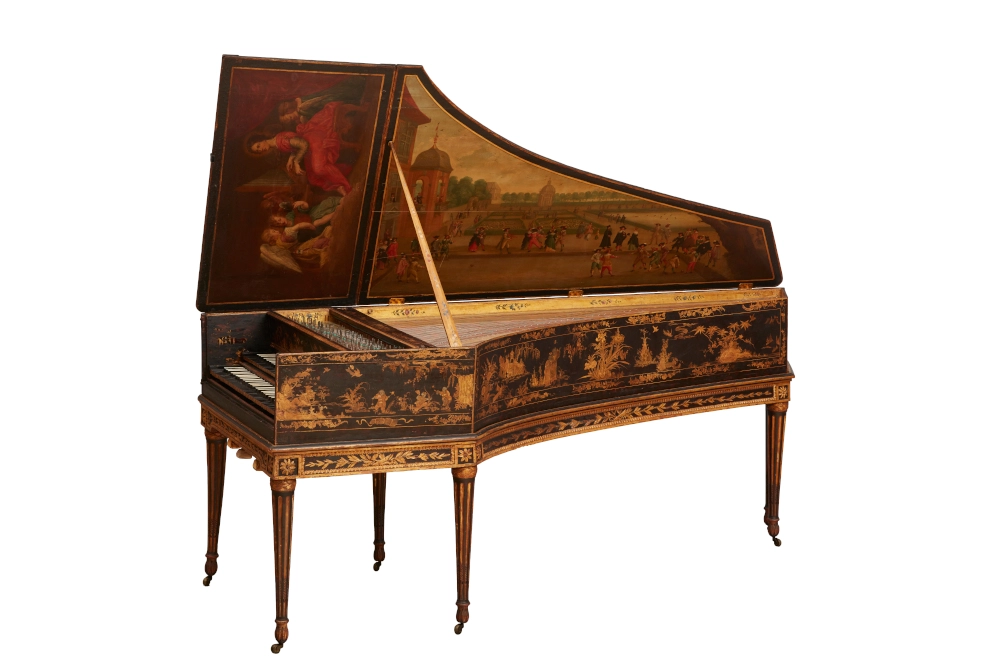
A brilliant brain in frilly dresses
At the age of 18, she married the Marquis du Châtelet, a soldier whom she rarely saw, since he was regularly in military duties. Like all great ladies of the royal court, she enjoys all the pleasures, in particular gambling, operas, parties ending in the wee hours of the night, but also comedy. Her husband let her live freely, leaving her spending the money as she pleased to buy exceptional outfits and jewelry.
Besides her desires for luxurious toilets, silk ribbons and lace, she also decided to take math lessons with the very famous mathematician of the time: Pierre-Louis Moreau de Maupertuis. Indeed, court gossips, it’s funny for a while, but when you have a remarkable mind, you prefer to focus on questions of algebra and geometry.
To escape the pointless discussions from the members of the court, she joined her friends in secret at the Gardot cafe. But as this place was forbidden to women, Emilie disguised herself as a man. A woman in pants for the time is surrealist but well done.
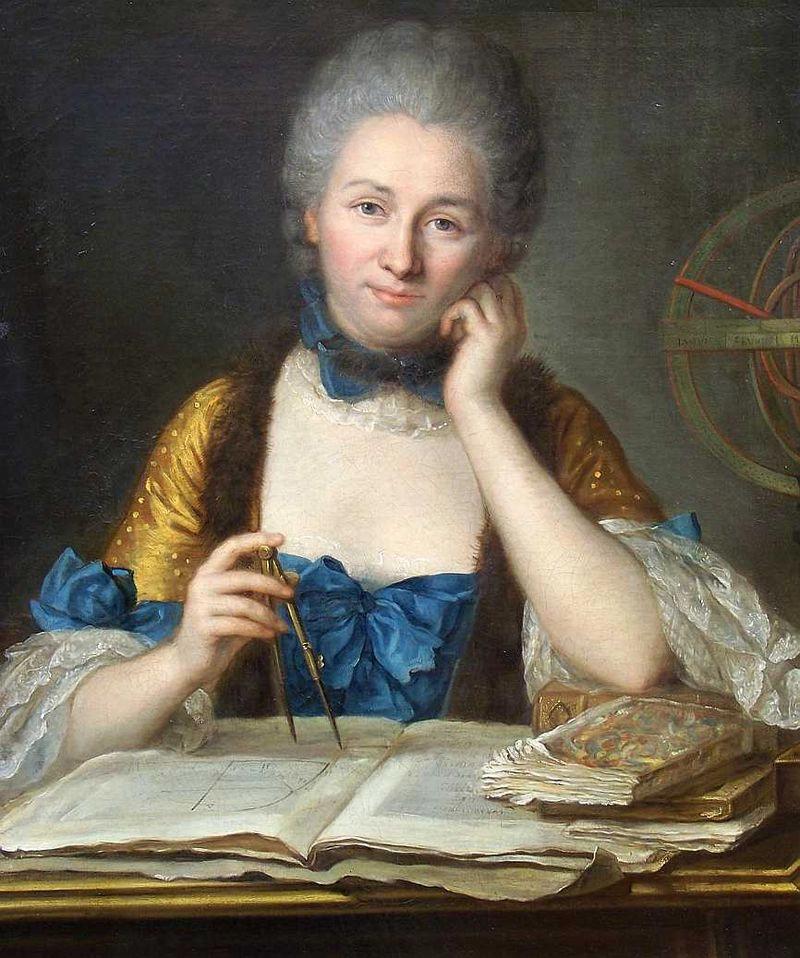
It's Voltaire's fault
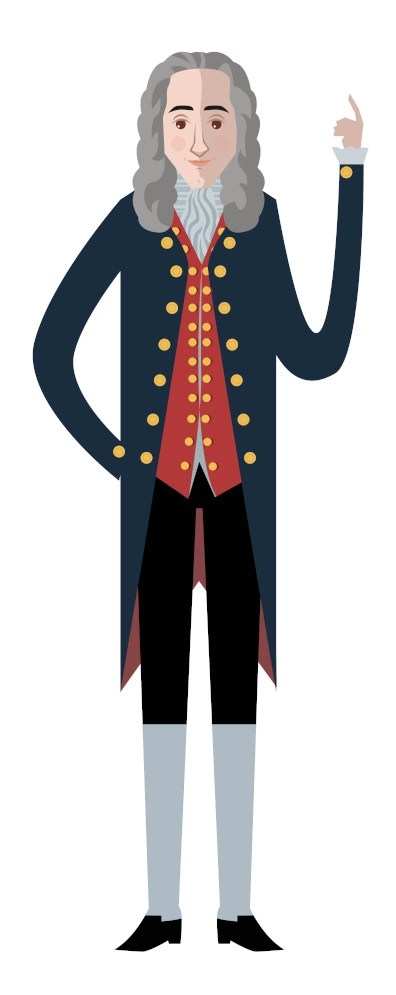
In 1734, she met a famous writer as passionate about physics as she was. Her name? The famous Voltaire, recognized as the best writer in the country.
This gentleman quickly understood that his poems would not be enough to seduce Emilie. To gain his interest, he exchanged the flowers for equations. Voltaire called her a Prodigy. A man who compliments a woman for her intelligence is quite rare in the 18th century. But we must admit that she surpassed him in mathematics. Together, they share the same interest in the work of Newton, the famous English physicist. He encouraged her to translate his work “Principia Matematica”. Thanks to her relationship with this famous philosopher, she deepens her knowledge in physics and mathematics, which are basically matters exclusively reserved for men, which makes her one of the first modern women scientists in the world.
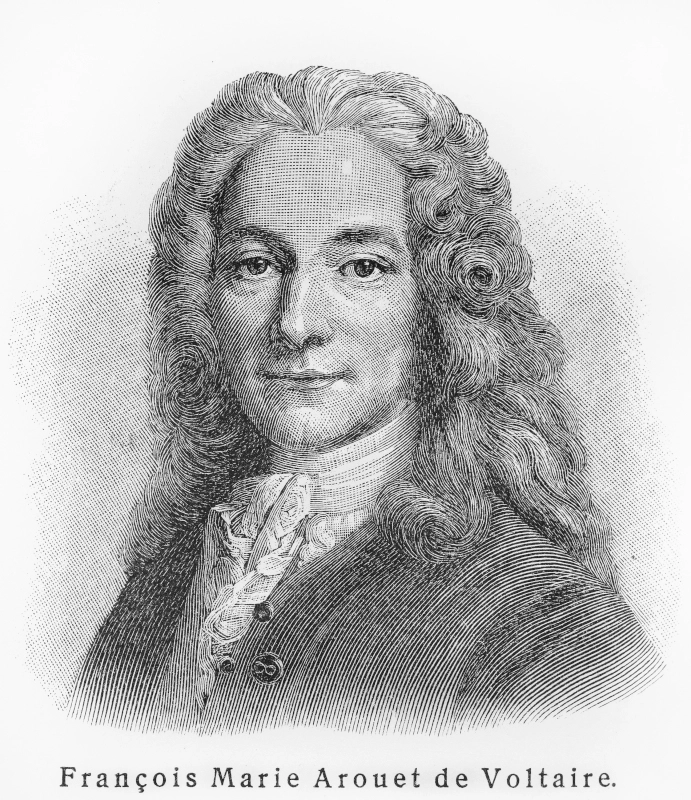
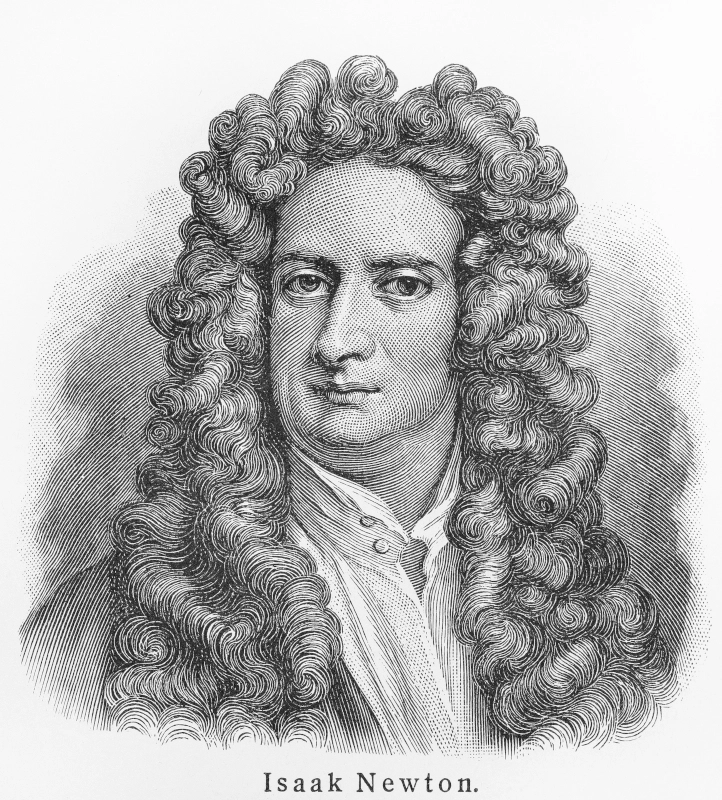
For Emilie du Châtelet, science counts above all else
She puts all her soul into science, particularly by analyzing the scientific and theoretical work of another great scientist named Leibniz. This one studies kinetic energy, in other words, the energy of moving objects. At the time, he hypothesized that this energy, formerly known as “living force”, increased with the mass of the body in motion and its speed. An idea that Emilie demonstrated experimentally in her castle in Cirez, in Lorraine, by dropping a lead ball in soft clay with varying heights.
She also participates anonymously in a competition launched by the French Academy of Sciences. Two weeks before the end of the competition, she decides to write a theory which will be verified later. It’s her husband who’s going to drop off her essay. Because no woman was allowed to apply for the Academy of Sciences competition. Unimaginable isn’t it?
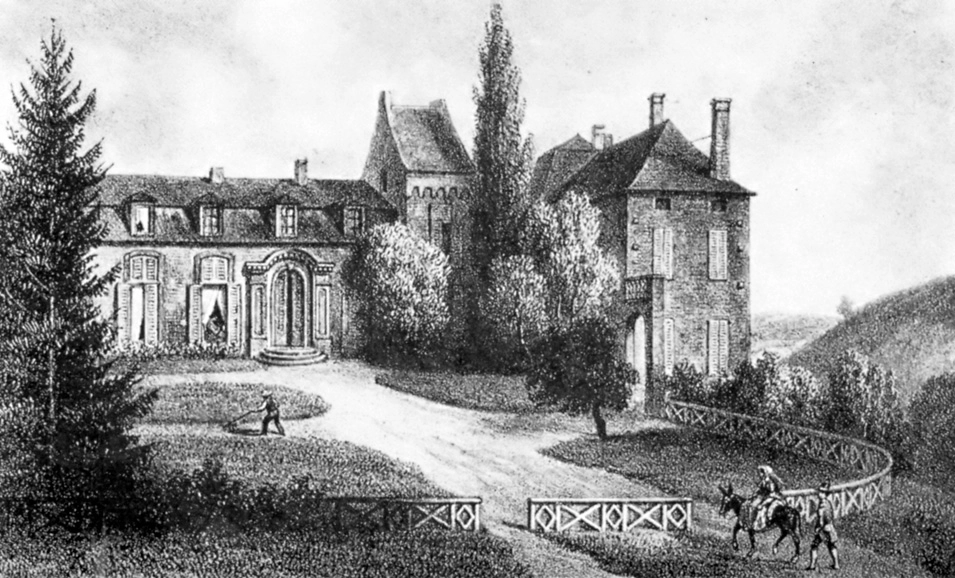
The castle of Cirez
But if she doesn’t win the award, her work is so remarkable that it will be published. This is the first time that the French Academy of Sciences has published an article written by a woman.
In 1748, she fell in love and quickly pregnant with the soldier Jean-François de Saint-Lambert, whom she met in Lunéville, at the court of the Duke of Lorraine. She is then 42 years old. Her related-pregnancy complications pushed her to hasten to complete the translation of the famous Isaac Newton’s work, “Mathematical principles of natural philosophy”. The delivery of her daughter, September 5, 1749, encountered complications and they both died four days later, just after she finished her manuscript and sended it to the king’s library. Voltaire would later arrange for the publication of Emilie’s manuscript. Thanks to this publication, Emilie’s “Principles” will be remembered and will become a reference manual.
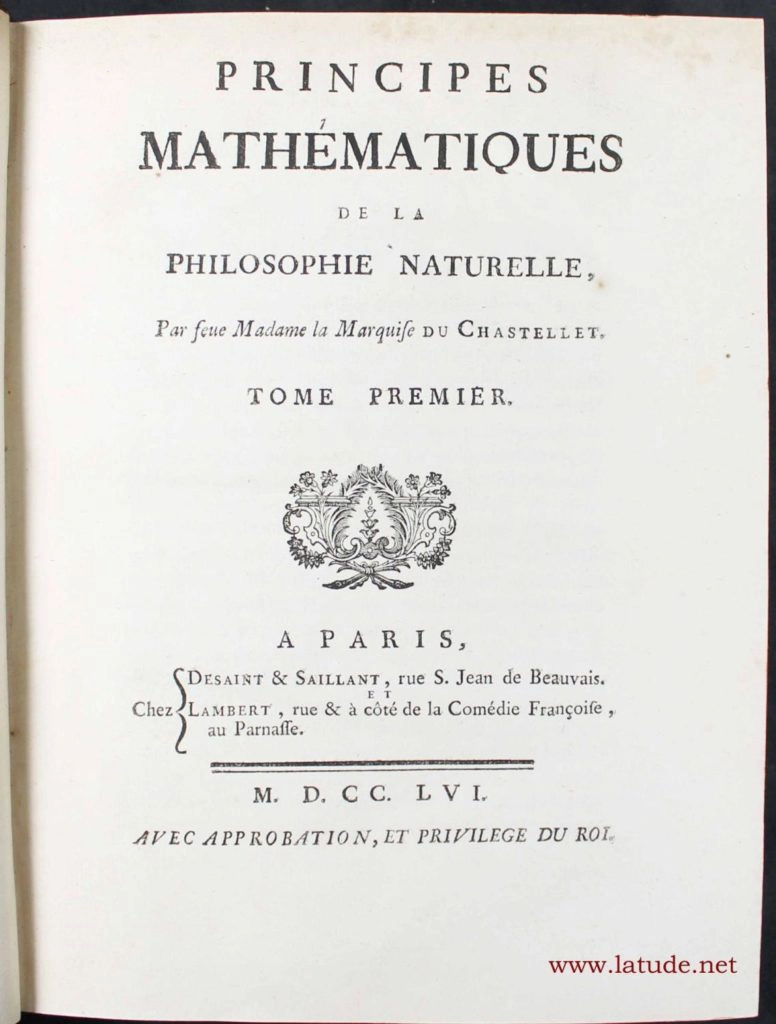
Determination, the key of success
In conclusion, Emilie was fortunate to be born into a family where the intelligence of girls was recognized to be equal to that of boys. Her husband, like her friend Voltaire, supported her at a time when men were convinced that the women’s brains were not capable of understanding science.
But beyond a favorable entourage, Emilie demonstrates also a firm temper. She doesn’t care about gossips ad what people think. She is a determined woman, aware of her difference, and who fully embraces it. And too bad for gossip!
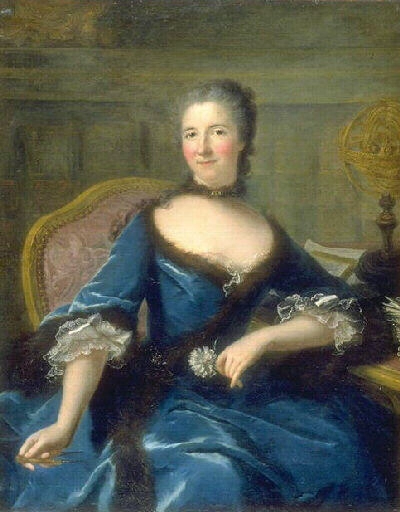

Emilie du Châtelet

17th December 1706

10th september 1749


